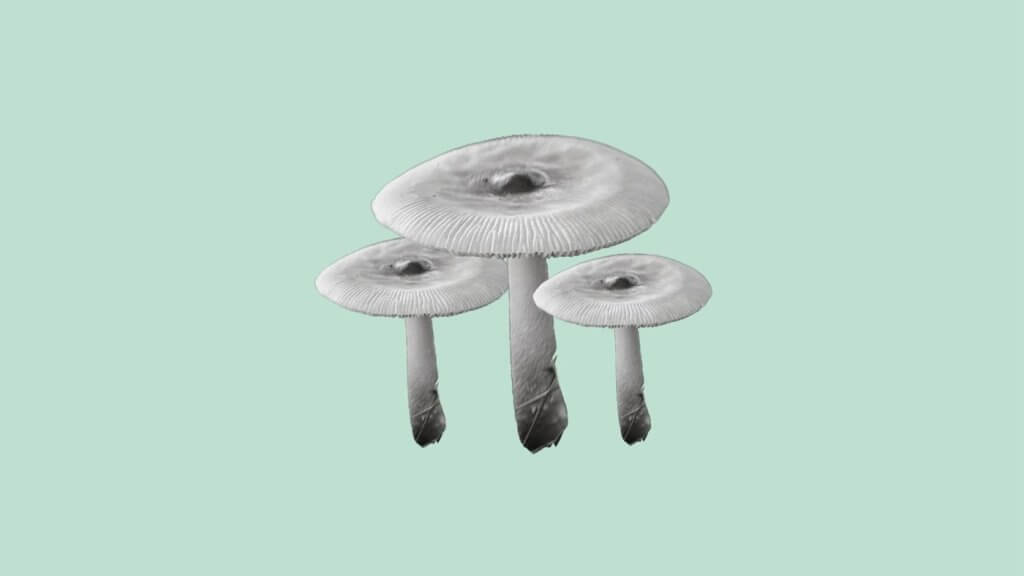Not only are grisette mushrooms completely edible, but they're also extremely popular as a culinary delight. The ectomycorrhizal fungus is highly regarded in North America, where it is a treat found chiefly in deciduous forests and sometimes mixed woodland.
Summer to fall is the best season to forage Amanita vaginatas. You may know this wild mushroom by its common name, the grisette mushroom.
What Do Grisettes Look Like?
It can be tricky to find Amanita vaginata, also known by the synonym ‘grisette,’ because the term ‘grisette’ refers to all of the ringless Amanita species (Amanita sect. Vaginatas).
Since you can eat all species of grisettes, it’s a good idea to know what you’re looking for.
What Are You Foraging For Right Now?
We're thrilled to hear your ideas. What would you like to submit today? Feel free to share your thoughts and experiences with us.
Here are some key features of Amanita vaginata:
- Cap: The cap of the mushroom is typically tan to grayish, and it can range in diameter from 2 to 6 inches (5 to 15 centimeters). It is initially hemispherical but may expand with age.
- Gills: The gills are white, free, and densely packed.
- Stipe (Stem): The stem is typically slender, white, and may have a slight bulbous base. There may be a delicate, membranous ring around the upper part of the stem.
- Veil: Like many Amanita species, Amanita vaginata has a universal veil that initially covers the young mushroom. As it matures, the veil may form a delicate ring on the stem and a cup-like structure at the base (volva).
- Spore Print: The spores are white.
Different populations of Amanita vaginata may exhibit some variations in color, size, or other characteristics, leading to the recognition of different types or varieties.
Here are a few examples:
- Amanita vaginata var. vaginata:
- This is the typical or nominal variety of Amanita vaginata. It features a tan to grayish cap, a stem with a bulbous base and a membranous ring, and a volva at the base.
- Amanita vaginata var. alba:
- Some variations of Amanita vaginata may have a white cap, leading to the designation of var. alba.
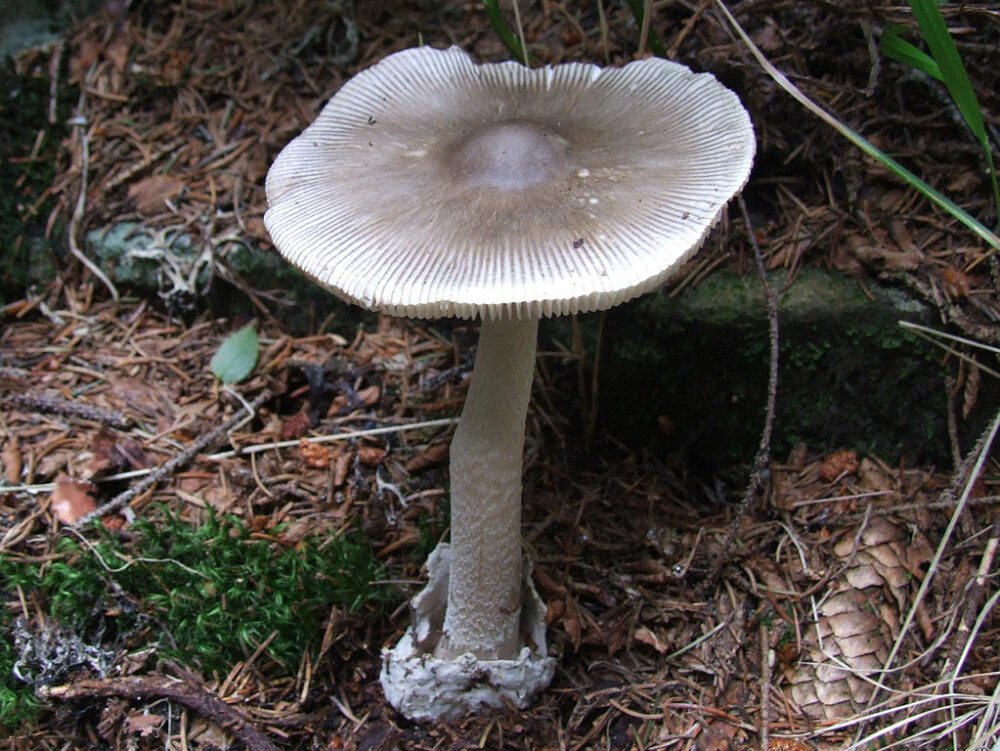
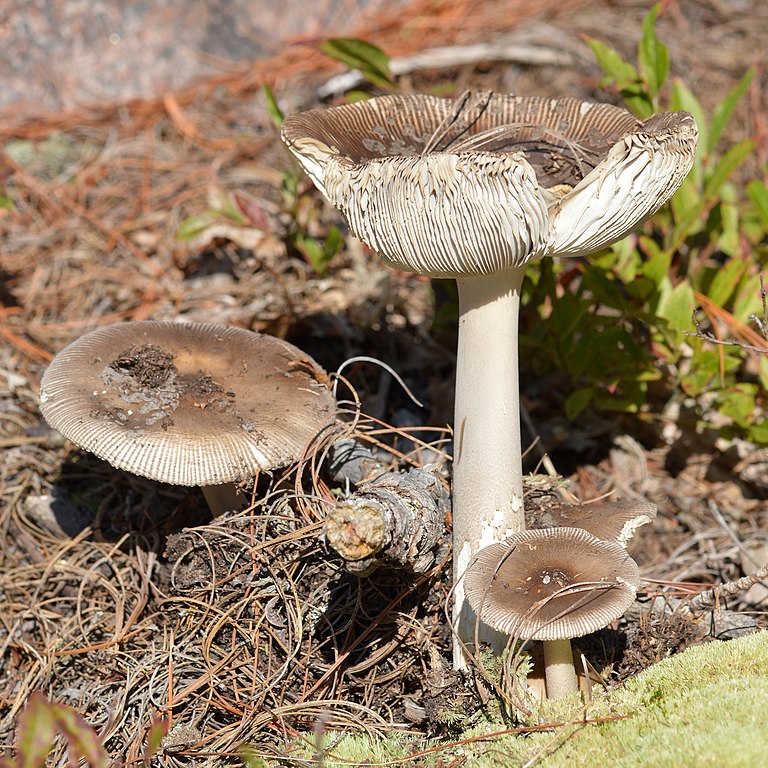
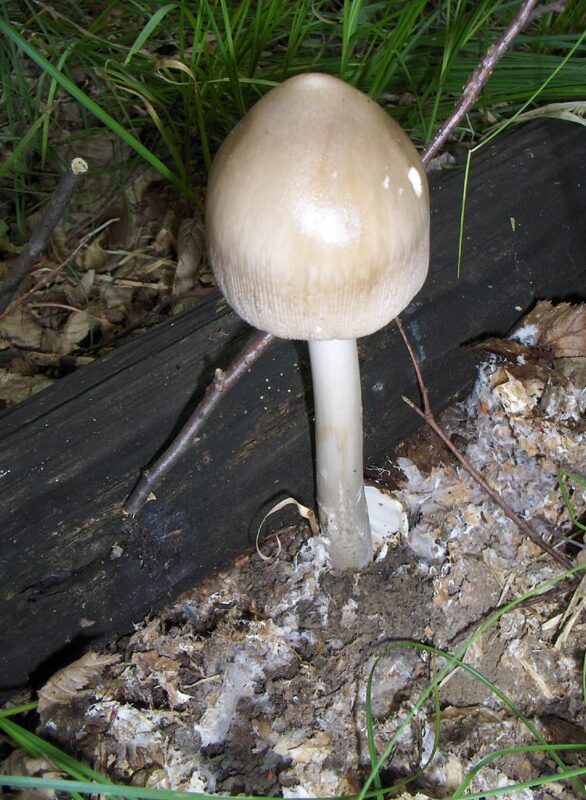
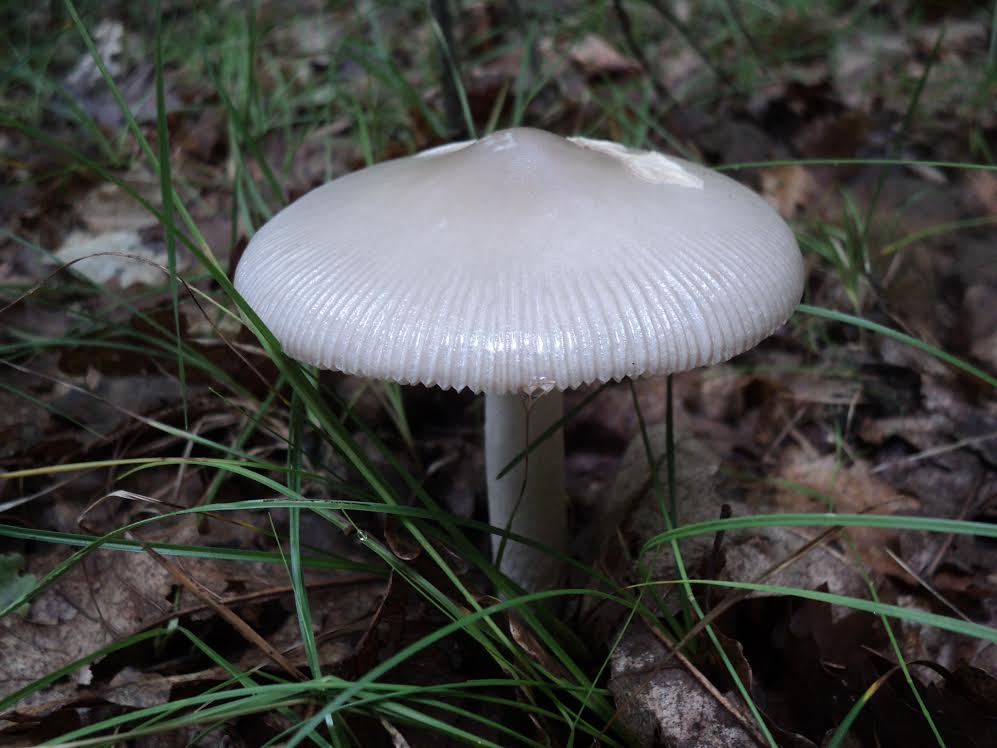
Make sure to also read our guide on Amanita gemmata.
Do Amanita vaginatas Have a Ring Around the Stalk?
Amanita vaginata lacks a ring on the stalk. However, it may have a delicate, transient ring formed by the remnants of the universal veil.
Is Amanita Vaginata Edible?
Amanita vaginata is considered edible and is not known to be toxic.
What Does It Taste Like?
Amanita vaginata typically has a mild and somewhat nutty flavor. The mushroom’s mild taste allows it to absorb flavors from other ingredients when cooked.
The texture is firm and slightly chewy.
Are There Any Grisette Mushroom Poisonous Lookalikes?
Yes. While Amanita vaginata, or the grisette mushroom, is generally considered edible, it’s crucial to be aware of potential lookalikes, some of whichare toxic.
- Amanita phalloides (Death Cap):
- The death cap is highly toxic and can be confused with some edible Amanitas.
- Unlike Amanita vaginata, the death cap has a prominent ring on the stem and a smooth, greenish-gray cap.
- Amanita citrina (False Death Cap):
- Also known as the false death cap, it resembles the death cap but is less toxic.
- It lacks the pronounced ring on the stem.
- Amanita pantherina (Panther Cap):
- The panther cap is toxic and can be mistaken for edible Amanitas.
- It has a brownish cap with white patches and lacks a ring.
- Amanita rubescens (Blusher):
- The edible blusher can resemble Amanita vaginata but has a pinkish or reddish hue that may develop when bruised.
- It has a cap with patches of color, and the stem may have a ring.
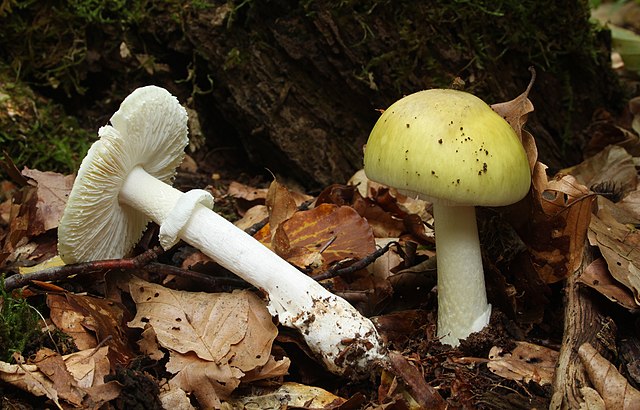
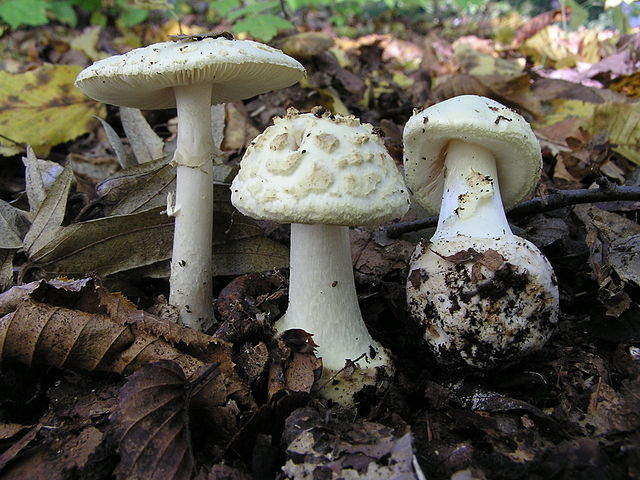

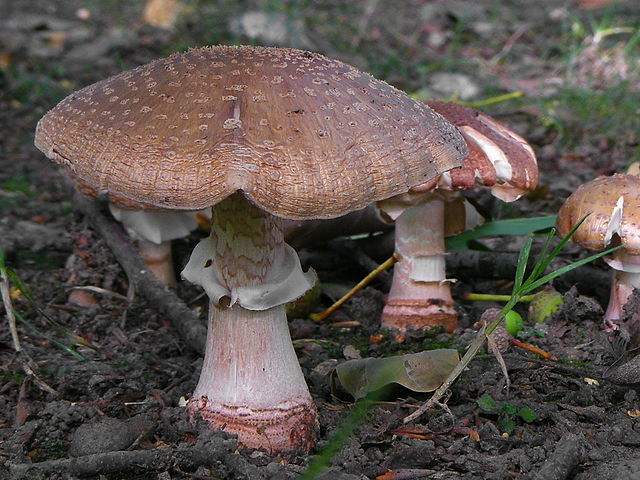
Check our video on the 7 most poisonous mushrooms growing in the US (mushroom details and ingestion symptoms included)!
When to Forage for Amanita Vaginata?
Late August to October is typically the prime season for Amanita vaginata fruiting.
Where to Find This Mushroom?
Grisettes are often found in wooded environments, including both deciduous and coniferous forests.
Here are some tree types that are commonly associated with the growth of Amanita vaginata:
- Oak Trees: Grisettes are often found in association with oak trees. They may grow near various species of oak, such as red oak, white oak, or others.
- Pine Trees: Many foragers suggest that Amanita vaginata can form mycorrhizal connections with pine trees.
- Hickory Trees: Grisettes may be found near hickory trees, which belong to the same family as walnuts and pecans.
- Beech Trees: In some regions, Amanita vaginata is associated with beech trees. Beech trees are common in certain deciduous forests.
How to Cook with Gristettes?
Here are my tips on how to cook with grisettes:
- Thorough Cooking: It’s crucial to cook Amanita vaginata thoroughly before consumption. Cooking helps break down certain compounds and can enhance the flavor and texture.
- Simple Preparations:
- Grisettes have a mild and somewhat nutty flavor. Consider simple preparations that allow their natural taste to shine. Sauteing or grilling can be good methods.
- Sauteing:
- Clean and slice the mushrooms.
- Saute them in butter or oil over medium heat until they are cooked through and any excess liquid has evaporated.
- Season with salt, pepper, and herbs of your choice.
- Grilling:
- Larger specimens can be grilled for a smoky flavor.
- Brush the cleaned mushrooms with oil and grill until they are cooked to your liking.
- In Soups or Stews:
- Add sliced grisettes to soups or stews. Ensure they are fully cooked before adding to the dish.
- Pairing:
- Grisettes can complement a variety of dishes. Consider pairing them with pasta, rice, or as a side dish with meats.
Getting into the great, wet outdoors in search of edible plants, herbs, fruits and fungi is one of Sarah’s favorite outdoor pursuits. She thinks there’s nothing better than combining her passion for hiking with the start of the foraging season. Sarah’s definitely not afraid of a little rain and dirt, it’s all part of the fun.

